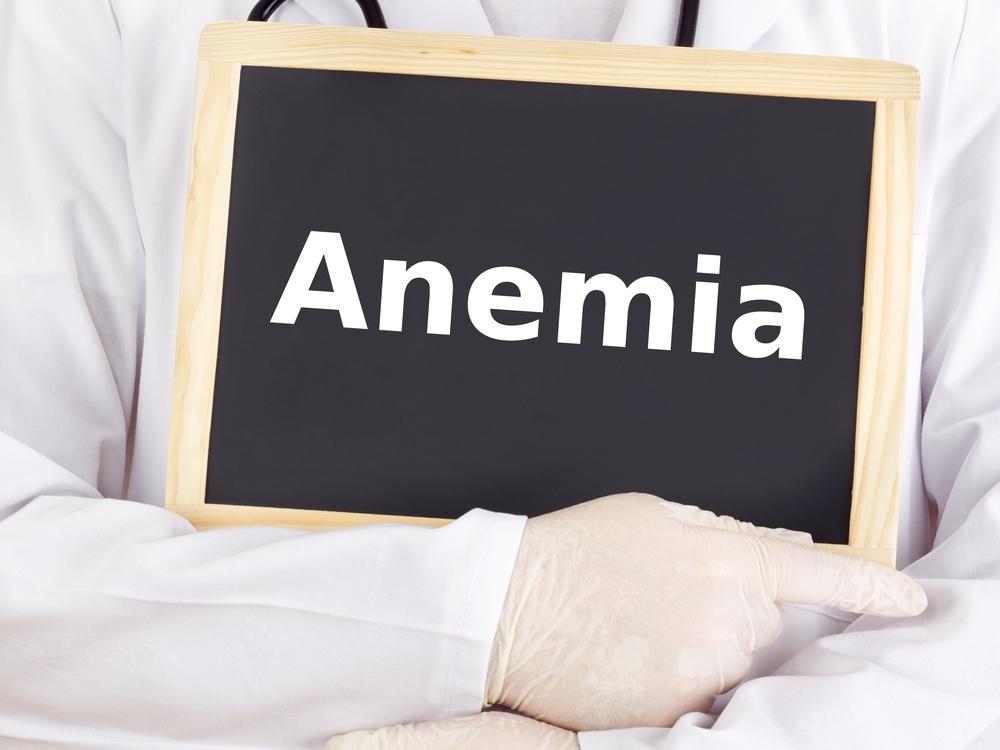
Anemia: Types and Risk Factors
Anemia is a condition that lowers the number of red blood cells in the blood. As a result, doctors describe a patient suffering from anemia as someone who has a low blood count. A person suffering from anemia is known to be anemic.
1. Types of anemia
Listed below are a few types of anemia.
- Autoimmune hemolytic anemia
This type of anemia occurs when the red blood cells are attacked and hampered by the body’s immune system at a quicker rate than it can produce new ones. Consumption of medicines such as quinine, penicillin, and methyldopa can result in autoimmune anemia. Moreover, autoimmune diseases like lupus could also result in the occurrence of this condition.The symptoms associated with autoimmune hemolytic anemia include jaundice, backaches, chills, breathing problems, an irregular heartbeat, pale skin, and fatigue. Treating the disease that led to the development of this anemia can curb the damage of red blood cells. In the case of autoimmune hemolytic anemia, doctors treat patients with steroid drugs to calm the immune system, which can help to cure anemia.
- Myelodysplastic syndromes (MDS)
MDS are diseases that occur when the bone marrow is unable to make sufficient healthy cells; it is a form of cancer. Some people are born with a gene that leads to the formation of MDS. Usually, these genes are passed from either both parents or any one parent. If an individual has inherited syndromes such as severe congenital neutropenia, familial platelet disorder, Diamond Blackfan anemia, Shwachman-Diamond syndrome, or Fanconi anemia, they are more likely to develop MDS. A few people might also get MDS due to chemotherapy or radiation treatment for cancer. Another risk associated with this condition are chemicals such as benzene, which is found in tobacco smoke.The symptoms associated with MDS include weight loss, fatigue and weakness, fever, infection, shortness of breath, and bleeding or bruising. MDS can be treated with bone marrow transplants, hematopoietic growth factors, and chemotherapy. - Other types
The other types of anemia include aplastic anemia, congenital dyserythropoietic anemia, Fanconi anemia, sickle cell anemia, anemia related to pregnancy, anemia related to poor nutrition, and megaloblastic anemia.
2. Risk factors related to anemia:
- Age
People who are 65 or older are at a greater risk of having anemia. - Family history
If one’s family has had a case of anemia in the past, an individual is at a higher risk of acquiring it.
- Pregnancy
A pregnant woman who doesn’t consume multivitamins with folic acid is at an increased probability of having anemia. - Menstruation
Women who have not experienced menopause are at a higher risk of having iron deficiency anemia as compared to men and postmenopausal women. This is because menstruation results in the loss of red blood cells. - Other factors
Other aspects, such as certain infections, a diet that has a deficiency in particular vitamins, intestinal disorders, alcoholism, autoimmune disorders, blood diseases, and exposure to toxic chemicals can also impact the production of red blood cells and cause anemia.


